
The EU Parliament and the Council of the EU have reached a political agreement on November 15 for a proposed Methane Regulation in a move to cut methane (CH4) emissions from the oil gas and coal sectors, not only across the bloc but also those originating from imported energy from third countries1. The timing of the agreement is no coincidence, with methane emissions high on the agenda during the UN’s COP28 summit in Dubai, which began on November 30.
The legal text of the political agreement is not final2 and many details of the regulation are still forthcoming before its adoption. However, the draft makes it clear that strict timelines and procedures for monitoring, reporting, and inspections will apply to operators, with competent authorities conducting periodic inspections. Importantly, importers and exporters of LNG and other fossil fuels will be subject to new obligations from 2027 and emission standards from 2030. In this article, we explore the details of the new EUs methane regulation, and some of the practical issues that remain unanswered about its implementation.
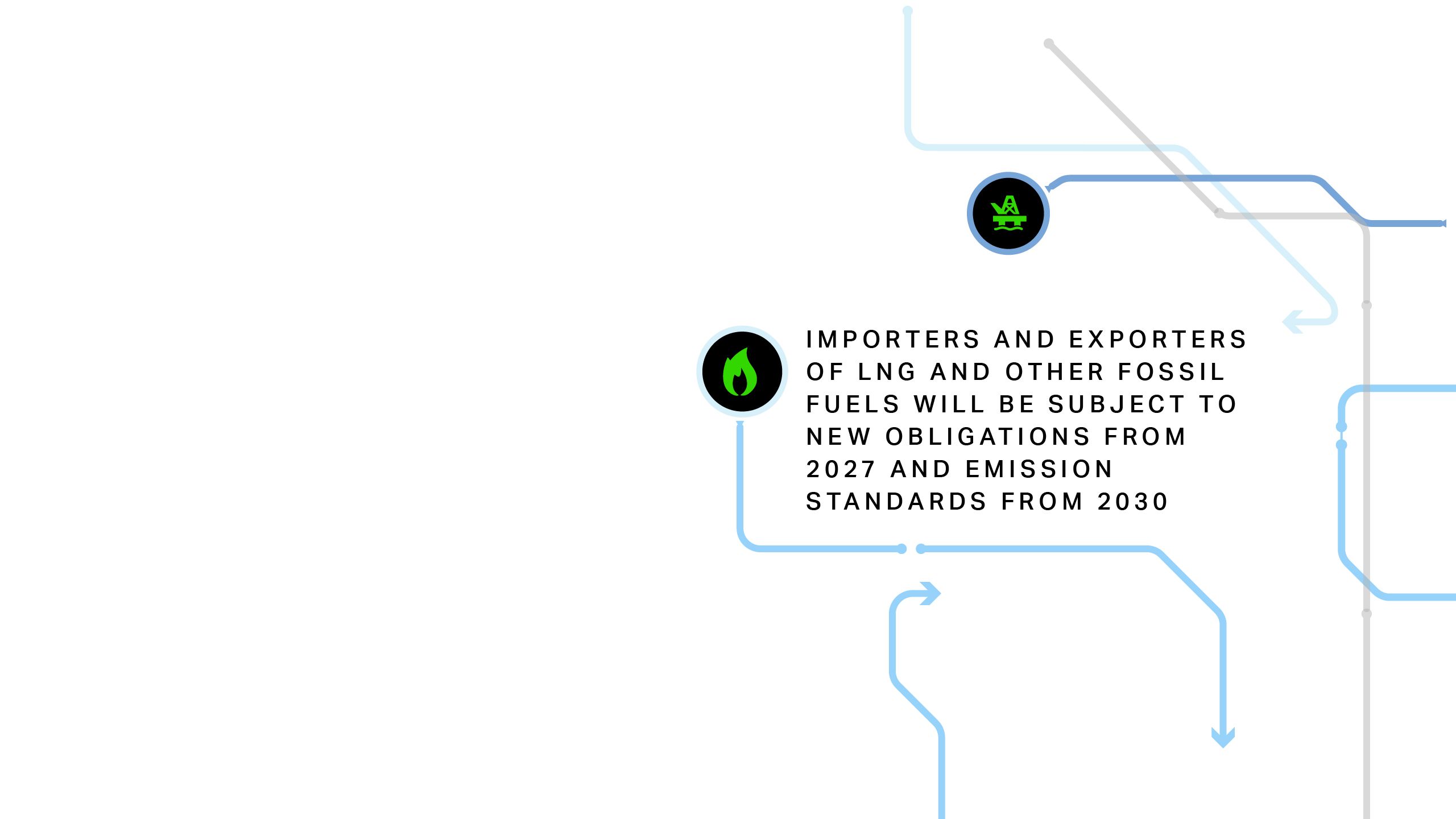
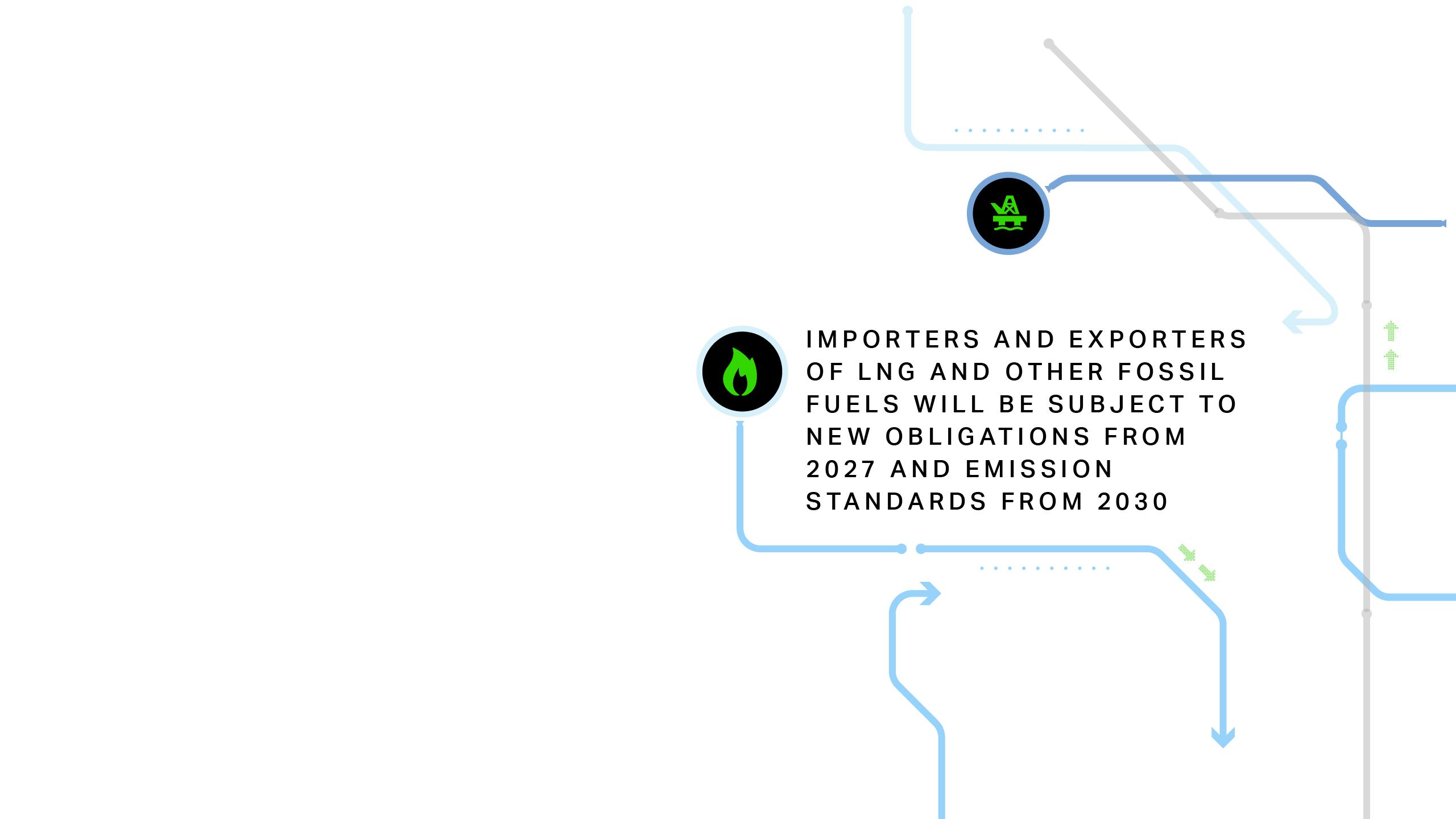
The EU Parliament and the Council of the EU have reached a political agreement on November 15 for a proposed Methane Regulation in a move to cut methane (CH4) emissions from the oil gas and coal sectors, not only across the bloc but also those originating from imported energy from third countries1. The timing of the agreement is no coincidence, with methane emissions high on the agenda during the UN’s COP28 summit in Dubai, which began on November 30.
The legal text of the political agreement is not final2 and many details of the regulation are still forthcoming before its adoption. However, the draft makes it clear that strict timelines and procedures for monitoring, reporting, and inspections will apply to operators, with competent authorities conducting periodic inspections. Importantly, importers and exporters of LNG and other fossil fuels will be subject to new obligations from 2027 and emission standards from 2030. In this article, we explore the details of the new EUs methane regulation, and some of the practical issues that remain unanswered about its implementation.
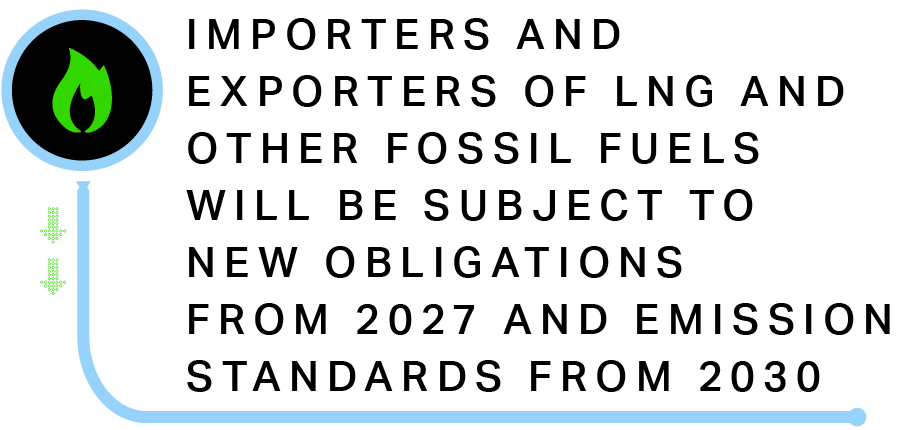

Powerful Greenhouse Gas
Methane is the second largest greenhouse gas contributor to global warming after carbon dioxide (CO2). It is short-lived, meaning that it does not stay in the atmosphere long compared to carbon dioxide, but has nevertheless significantly higher heat-trapping capability. It contributes to the ozone formation and accounts for about 30% of global warming since industrialization in the late 18th century, according to the International Energy Agency (IEA)3.
In the energy sector, the extraction, transport, distribution and use of oil, gas, and coal are a major cause of methane emissions. Reducing a substantial amount of these emissions can be achieved by preventing leaks – a relatively inexpensive and straightforward task. In fact, two thirds of methane emissions from the oil and gas sectors – for example from flaring and pipeline leaks – can be abated using existing technologies, according to the IEA4. The proposal therefore introduces two types of surveys for repair or replacement of components upon leak detection.



Powerful Greenhouse Gas
Methane is the second largest greenhouse gas contributor to global warming after carbon dioxide (CO2). It is short-lived, meaning that it does not stay in the atmosphere long compared to carbon dioxide, but has nevertheless significantly higher heat-trapping capability. It contributes to the ozone formation and accounts for about 30% of global warming since industrialization in the late 18th century, according to the International Energy Agency (IEA)3.

In the energy sector, the extraction, transport, distribution and use of oil, gas, and coal are a major cause of methane emissions. Reducing a substantial amount of these emissions can be achieved by preventing leaks – a relatively inexpensive and straightforward task. In fact, two thirds of methane emissions from the oil and gas sectors – for example from flaring and pipeline leaks – can be abated using existing technologies, according to the IEA4. The proposal therefore introduces two types of surveys for repair or replacement of components upon leak detection.
The significance of methane potential emphasizes its role in achieving the EU’s climate goals. According to an analysis carried out by Rystad Energy on behalf of the Clean Air Task Force, this new Methane Regulation could reduce methane emissions associated with oil and gas imports to the EU by at least 1.9 million tons per year5. The report suggests that CH4 emissions from these imports would reach 4.9 million tons by 2031, if no mitigation measures were introduced6. Costs to exporters impacted by this policy would average only €0.07/MMBtu for gas and €1.33/barrel of oil, according to the analysis.
The significance of methane potential emphasizes its role in achieving the EU’s climate goals. According to an analysis carried out by Rystad Energy on behalf of the Clean Air Task Force, this new Methane Regulation could reduce methane emissions associated with oil and gas imports to the EU by at least 1.9 million tons per year5. The report suggests that CH4 emissions from these imports would reach 4.9 million tons by 2031, if no mitigation measures were introduced6. Costs to exporters impacted by this policy would average only €0.07/MMBtu for gas and €1.33/barrel of oil, according to the analysis.

Source: IndexMundi
*1,000 cubic meters of natural gas is equivalent to roughly 36 MMBtu of energy

Rules on Imported Energy
To control methane emissions linked to imported fossil fuels (oil, gas, coal) in the EU, the proposed regulation outlines a phased approach. This will start with the creation of a methane transparency database built by importers and EU operators’ reports, as well as a monitoring tool to track global methane emitters, with a rapid alert mechanism which will also track high methane emitting sources outside the EU.
As from January 2027, the EU’s latest attempt to curb CH4 emissions will require that new import contracts for oil, gas, and coal can only be concluded if exporters to the bloc comply with the same monitoring, reporting, and verification measures as EU producers7. The regulation will also set out a methane intensity methodology and maximum levels to be met for new contracts for oil, gas and coal. The maximum methane intensity values – which have not yet been decided – will apply from 2030, along with administrative penalties for non-compliance.
For LNG, the regulation would cover the biggest countries and companies exporting to Europe, including the U.S., Russia, and Qatar. Pipeline gas exporters to Europe, for example from North Africa, would also be covered.

The industry has been expecting regulation of this nature for a while. Methane regulations were first proposed by the European Commission (EC) exactly two years ago, when a new framework to decarbonize gas markets and cut methane emissions was put forward in December 20218. More than 150 nations – including the U.S. and EU – have also signed the Global Methane Pledge, which sets a target of reducing methane emissions by 30% by 2030 compared with 2020 levels. The Global Methane Pledge was first launched at COP26 in Glasgow in 2021, but several big methane emitters, including Russia and China, remain absent from the agreement9.



Rules on Imported Energy
To control methane emissions linked to imported fossil fuels (oil, gas, coal) in the EU, the proposed regulation outlines a phased approach. This will start with the creation of a methane transparency database built by importers and EU operators’ reports, as well as a monitoring tool to track global methane emitters, with a rapid alert mechanism which will also track high methane emitting sources outside the EU.
As from January 2027, the EU’s latest attempt to curb CH4 emissions will require that new import contracts for oil, gas, and coal can only be concluded if exporters to the bloc comply with the same monitoring, reporting, and verification measures as EU producers7. The regulation will also set out a methane intensity methodology and maximum levels to be met for new contracts for oil, gas and coal. The maximum methane intensity values – which have not yet been decided – will apply from 2030, along with administrative penalties for non-compliance.
For LNG, the regulation would cover the biggest countries and companies exporting to Europe, including the U.S., Russia, and Qatar. Pipeline gas exporters to Europe, for example from North Africa, would also be covered.

The industry has been expecting regulation of this nature for a while. Methane regulations were first proposed by the European Commission (EC) exactly two years ago, when a new framework to decarbonize gas markets and cut methane emissions was put forward in December 20218. More than 150 nations – including the U.S. and EU – have also signed the Global Methane Pledge, which sets a target of reducing methane emissions by 30% by 2030 compared with 2020 levels. The Global Methane Pledge was first launched at COP26 in Glasgow in 2021, but several big methane emitters, including Russia and China, remain absent from the agreement9.
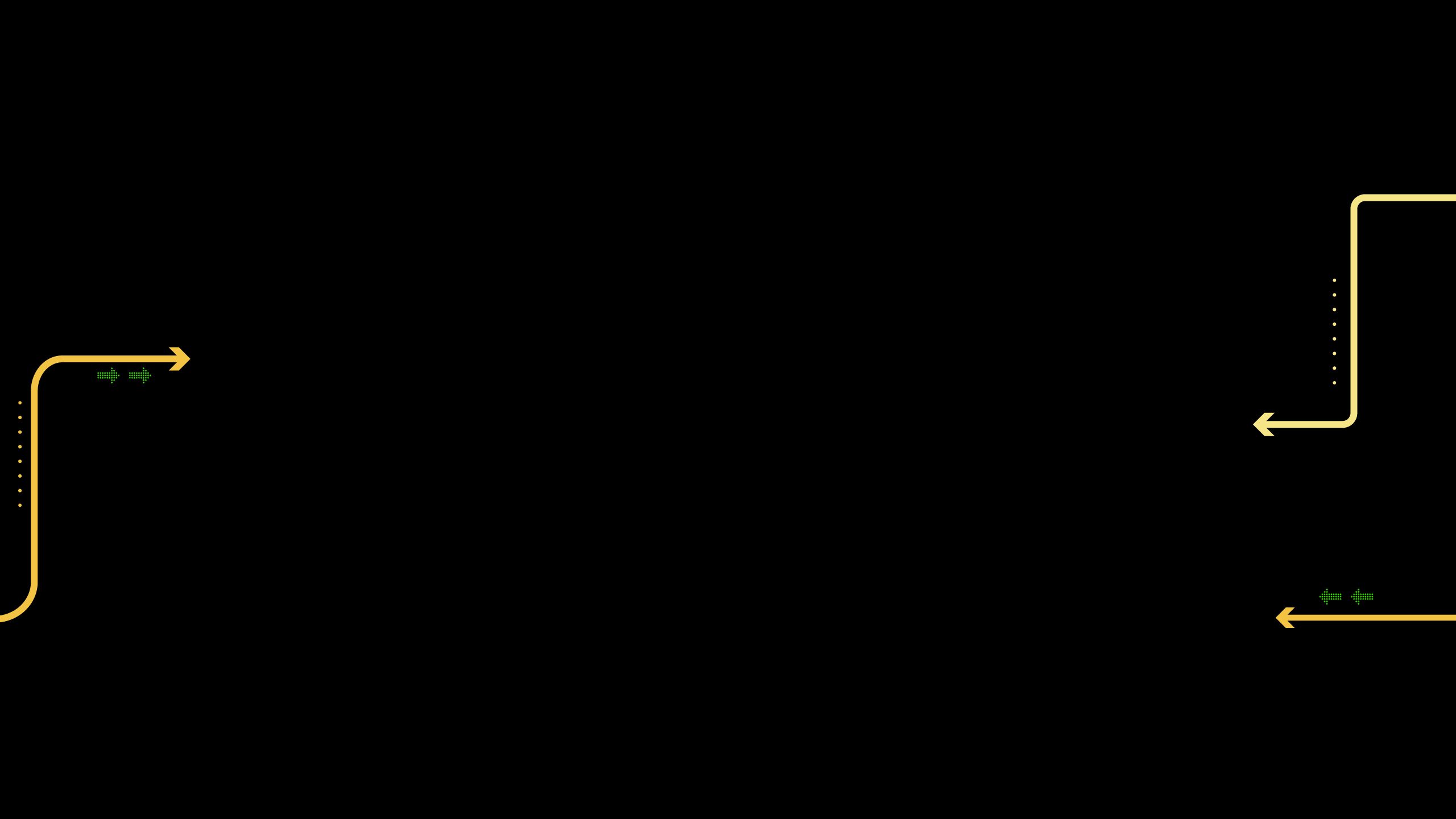
More recently, a joint statement by the U.S. and China, released on November 14, was in part focused on tackling methane emissions10. The statement said the two countries “will immediately initiate technical working group cooperation on policy dialogue, technical solutions exchanges, and capacity building, building on their respective national methane action plans to develop their respective methane reduction actions/targets” for inclusion in their 2035 Nationally Determined Contributions (NDCs). To what extent China will make firmer commitments at COP28 when it comes to reducing methane emissions is an open question, but the joint statement with the U.S. suggests that progress towards further commitments is a possibility.

More recently, a joint statement by the U.S. and China, released on November 14, was in part focused on tackling methane emissions10. The statement said the two countries “will immediately initiate technical working group cooperation on policy dialogue, technical solutions exchanges, and capacity building, building on their respective national methane action plans to develop their respective methane reduction actions/targets” for inclusion in their 2035 Nationally Determined Contributions (NDCs). To what extent China will make firmer commitments at COP28 when it comes to reducing methane emissions is an open question, but the joint statement with the U.S. suggests that progress towards further commitments is a possibility.

Issues in Practice
As this is the first EU level legal framework aimed at CH4 emissions reduction, practical questions remain about its enforcement, not least about monitoring and transparency. The draft regulation sets out a number of deadlines for operators to submit reports about their quantity of methane emissions. The competent authorities – in other words, national regulators – must carry out periodic inspections to check operators' compliance with the requirements in the regulation.
Creating a level playing field, trust, and transparency across multiple jurisdictions will be a real challenge. Among a number of issues, the International Association of Oil and Gas Producers (IOGP) has raised the question as to whether existing contracts between importers and exporters will be subject to binding obligations. IOGP has also flagged concerns about technical challenges, such as the difficulties in using drones to detect methane leaks.
At the same time, the regulation provides the gas industry with an opportunity to clean up its image. The energy sector is the second largest contributor to man-made methane emissions – accounting for nearly 40% – only slightly behind agriculture, and public awareness about methane emissions linked to gas production and transport is on the rise.
The regulation obliges oil and gas companies to carry out regular surveys of their equipment to detect and repair methane leaks on EU territory and bans routine venting and flaring. Of course, compliance to this new regulation will require investment, but this seems achievable for resource rich oil and gas companies, especially when associated costs can be taken into account in tariff setting.
As the world’s eyes are focused on the COP28 conference and the delivery of measurable commitments to tackling climate change, the EU’s methane regulation represents a step towards a more comprehensive regulatory framework with the aim of bringing global methane emissions under control.
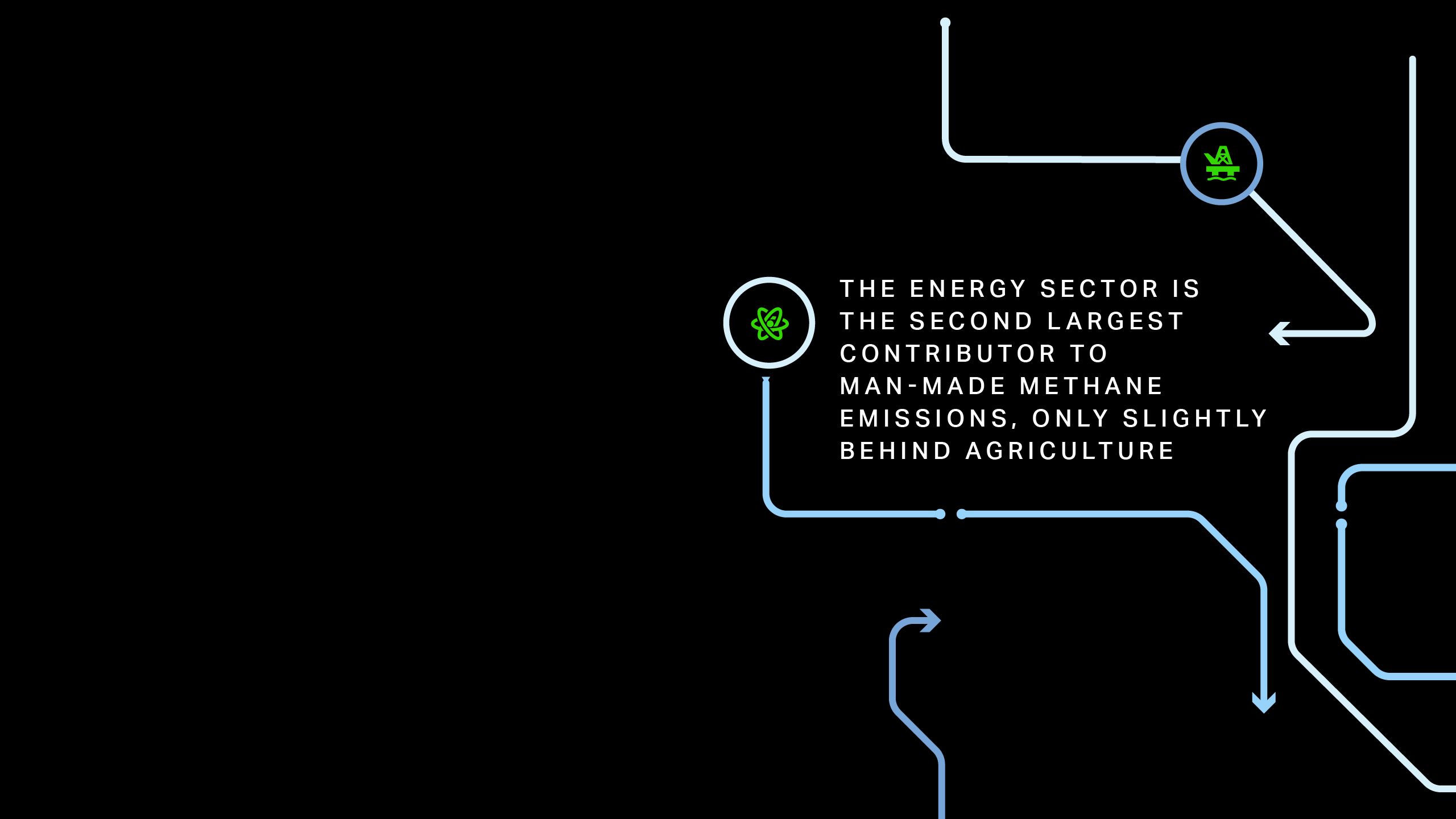

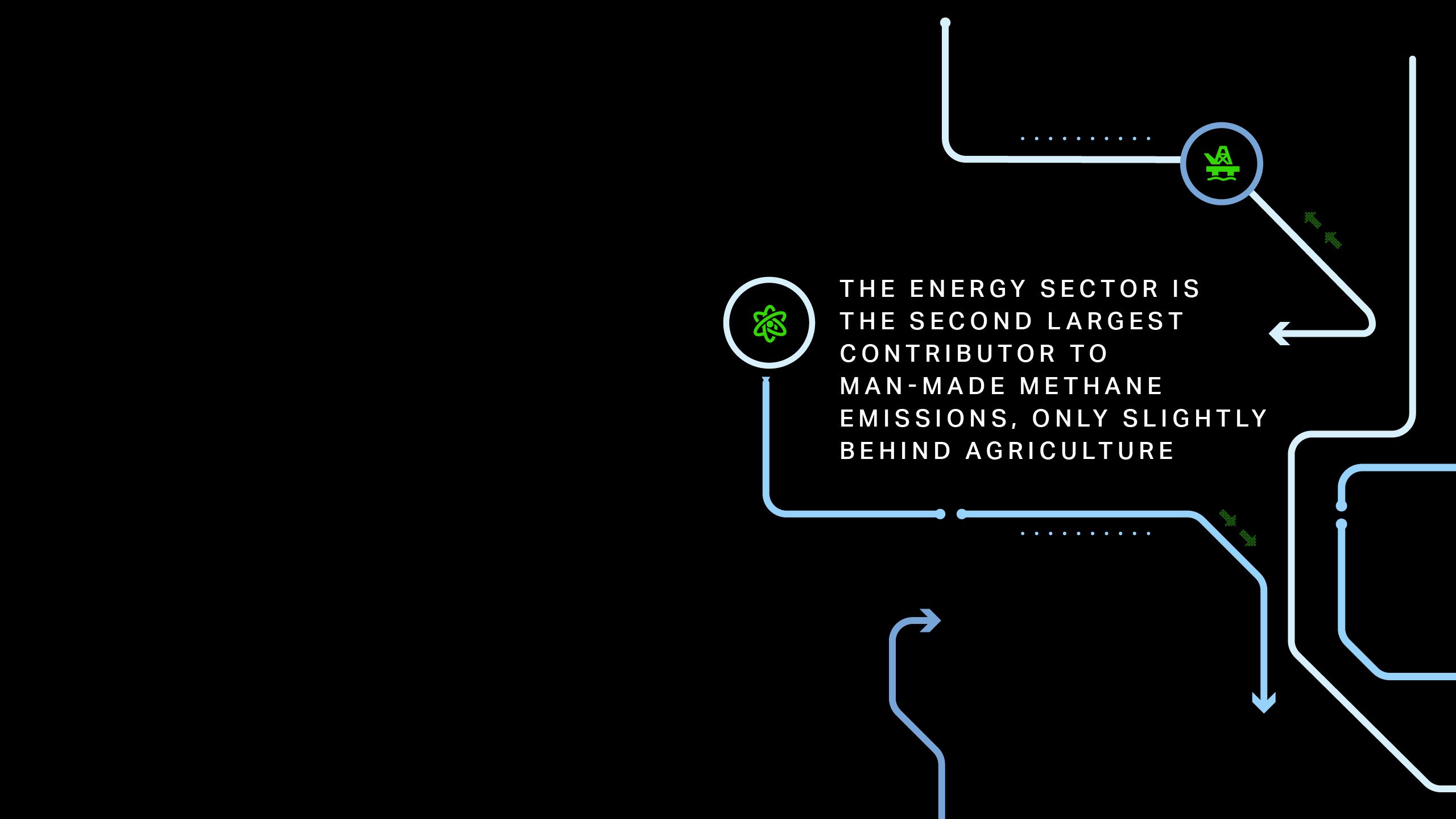
Issues in Practice
As this is the first EU level legal framework aimed at CH4 emissions reduction, practical questions remain about its enforcement, not least about monitoring and transparency. The draft regulation sets out a number of deadlines for operators to submit reports about their quantity of methane emissions. The competent authorities – in other words, national regulators – must carry out periodic inspections to check operators' compliance with the requirements in the regulation.

Creating a level playing field, trust, and transparency across multiple jurisdictions will be a real challenge. Among a number of issues, the International Association of Oil and Gas Producers (IOGP) has raised the question as to whether existing contracts between importers and exporters will be subject to binding obligations. IOGP has also flagged concerns about technical challenges, such as the difficulties in using drones to detect methane leaks.
At the same time, the regulation provides the gas industry with an opportunity to clean up its image. The energy sector is the second largest contributor to man-made methane emissions – accounting for nearly 40% – only slightly behind agriculture, and public awareness about methane emissions linked to gas production and transport is on the rise.
The regulation obliges oil and gas companies to carry out regular surveys of their equipment to detect and repair methane leaks on EU territory and bans routine venting and flaring. Of course, compliance to this new regulation will require investment, but this seems achievable for resource rich oil and gas companies, especially when associated costs can be taken into account in tariff setting.
The regulation obliges oil and gas companies to carry out regular surveys of their equipment to detect and repair methane leaks on the EU territory and bans routine venting and flaring. Of course, compliance with this new regulation will require investment, but this seems achievable for resource rich oil and gas companies, especially when associated costs can be taken into account in tariff setting.
For more information on anything from the green transition to the state of European energy supplies, click the link to visit our EU Energy Resource Center:
